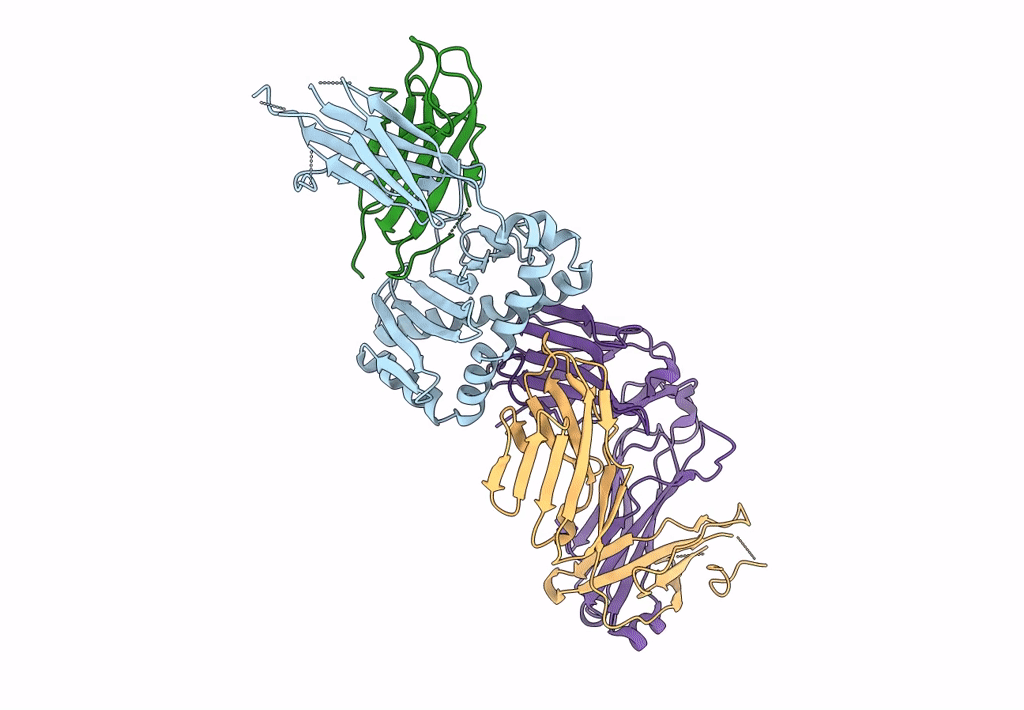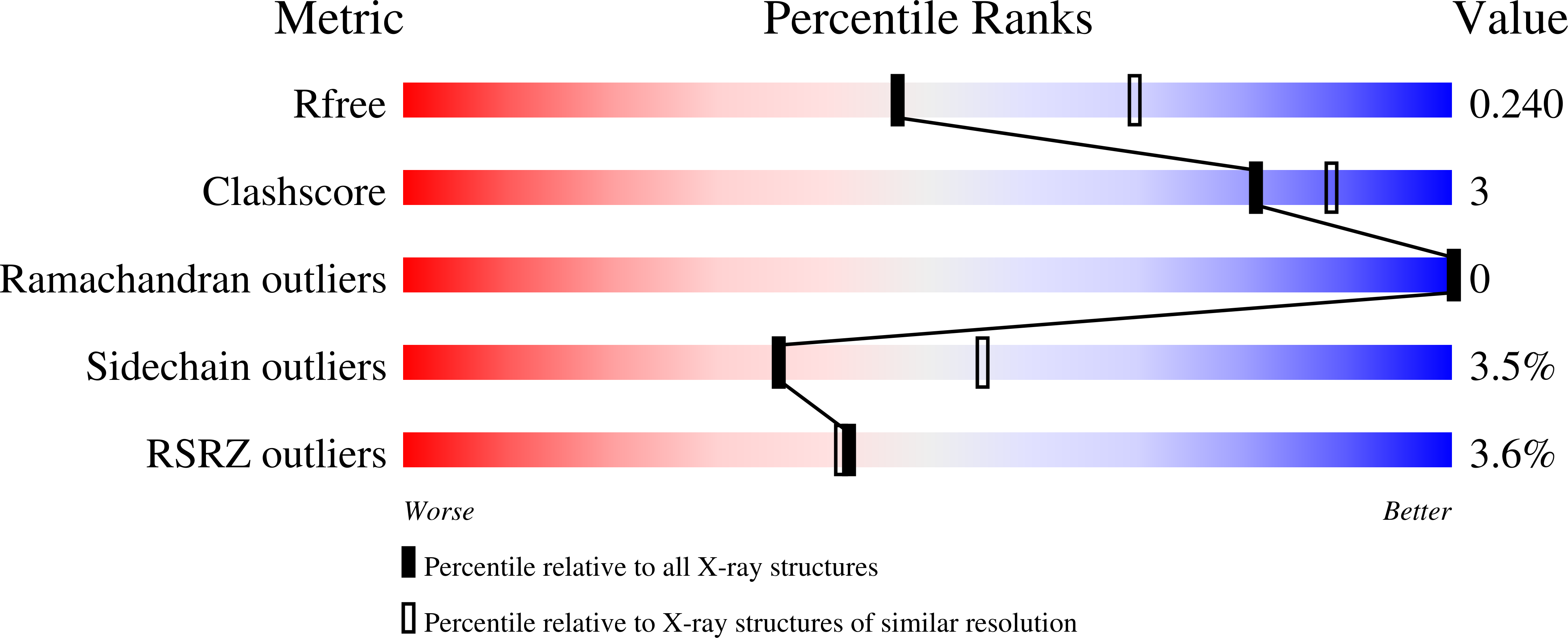
Deposition Date
2022-05-09
Release Date
2023-06-28
Last Version Date
2024-11-20
Method Details:
Experimental Method:
Resolution:
2.40 Å
R-Value Free:
0.23
R-Value Work:
0.19
R-Value Observed:
0.19
Space Group:
P 21 21 21


